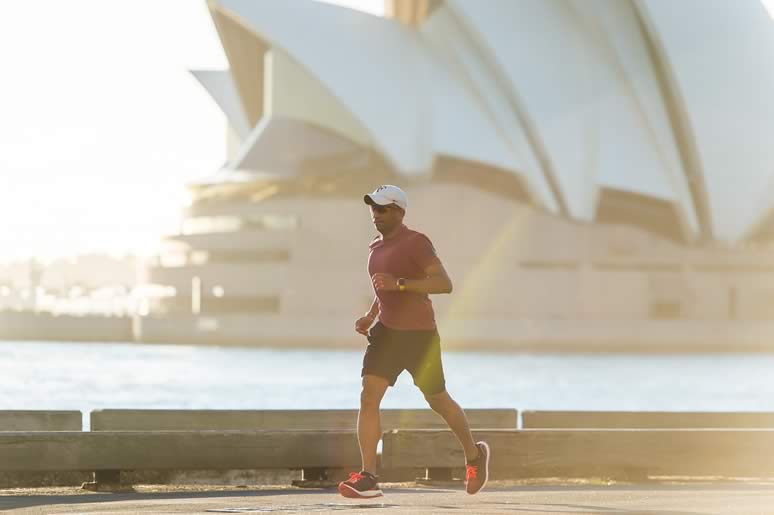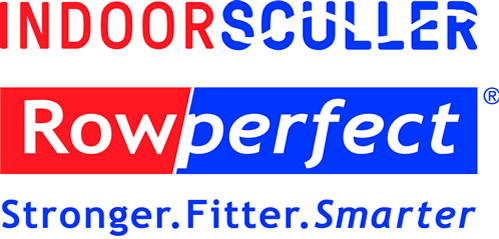
Add Rowing into Your Program
Would you like your athletes to have better balance, better endurance, better strength (including core strength) and better all-round coordination?
Would you like them to recover faster from leg injuries, particularly knee injuries? And would you be interested in an exercise system which minimized the number of cycles on those same legs while allowing them to maintain aerobic fitness between games?
It’s probably fair to assume you would like those things. The real question is whether I can make good on my promise that rowing – and in particular rowing on the Rowperfect Indoor Sculler Rowing Simulator – can actually deliver those benefits. If you have a minute, please use it to read a little about this amazing machine.
The Rowperfect Indoor Sculler represents a quantum leap in the history of indoor exercise. For the first time the dynamics of a floating racing shell are available indoors – no boatshed required, no travel time.
What’s the difference between the Rowperfect Indoor Sculler and every other rowing machine, and why is it of interest to you?
There are several differences, but the principal one is this: instead of straining against a fixed point as you normally do on a “rowing machine”, the resistance fan wheel is mounted on a sliding carriage, the total weight of which is less than 20 kilos. The result is a reduction in peak inertial forces acting on the knees (beginning of stroke) and lower back (finish of stroke) of up to 600% – yes, six hundred percent. At the same time, the work done by the muscles is actually greater – especially the leg muscles, which have to smoothly contract right throughout the stroke.
So: Less Jerk, More Work!
Some of the major benefits of the Rowperfect Indoor Sculler include the reduction in head movement (a more pleasant workout) and the ability to row using one leg at a time.
By rowing with one leg at a time, several benefits are possible:
- You can reduce or even eliminate Bilateral Deficits, which may be the root cause of some of your coordination and injury problems. A Bilateral Deficits is simply the preferential unconscious use of one limb (in this case the leg) over the other
- The use and development of the gluteal muscles is maximized
- You can maintain a very high level of aerobic fitness in an athlete with an incapacitated leg – rowing one-legged will easily get them into the training zone
- Recovery from injury can be fast-tracked by Cross-Education (the process whereby the nerves of the unused leg are stimulated, even though the leg is not used) Strength will also be maintained to a much greater degree than if the good leg was simply rested
- The core stabilizing musculature, which is used more extensively in on-water or simulator rowing than on standard machines, is trained even more thoroughly – the core must be totally stable to transmit the forces between the hands and (single) foot. Maybe a little hard to visualize, but you will very quickly understand what I mean if you try it!
- Lastly, and perhaps most importantly in your healthy athletes, rowing requires less muscular cycles per hour than any other common activity. It uses pretty well every muscle to do so, but at a recommended rate of say 20 strokes per minute, that is only 1200 cycles per hour. Compared to cycling (around 4800) and running (6000-plus, with the added stress of gravity thrown in as well) rowing is a quantum leap ahead. And of course if we consider one-legged rowing, we halve it again to less than 600 cycles per leg per hour
Good coordination has always been the hallmark of great athletes – we believe the Rowperfect Indoor Sculler can help your athletes achieve it.
Contact Us – We will be happy to arrange a demonstration.
